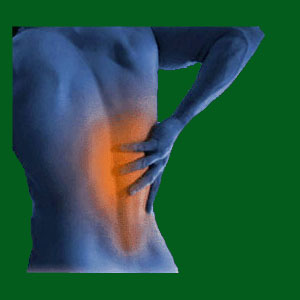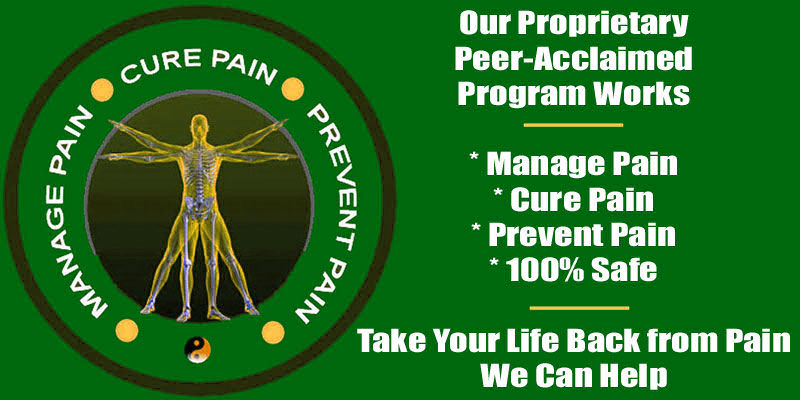
Spondylolisthesis stiff back muscles can be caused by innervation problems or chronic exhaustion from maintaining stability in a compromised spine. Even when the vertebral bones fail and fall victim to listhesis, the muscular structures of the lower back will still try to stabilize migrated vertebral levels, as well as the entire lumbar or cervical regions.
Stiffness is a common patient complaint in regards to listhesis, even when pain is not present. In fact, stiffness may very well be the most common symptomatic expression of lumbar or cervical listhesis. However, most patients are not aware of what causes this stiffness or what they can do to relieve it.
This dissertation focuses on muscular stiffness in the spine as a direct result of vertebral slippage. We will detail 2 distinct methods of action through which stiffness can be created and provide some importance guidance for patients who are affected by chronic or episodic back muscle stiffness.
Spondylolisthesis Stiff Back from Fatigue
Muscular fatigue is the most common cause of chronic back muscle stiffness. When listhesis exists, the back muscles work much harder to stabilize the spine. The greater the degree of listhesis demonstrated, the more effort these postural muscles will need to exert in order to keep the spine structurally stable and minimize pain that might occur due to the vertebral misalignment.
Since listhesis is an ongoing problem, the back muscles will have to work harder than normal around the clock to keep the vertebral column stable. In cases of grade 1 and 2 listhesis, the muscles will have to work somewhat harder most of the time, and quite a bit harder occasionally, during activities that create further opportunity for destabilization of the backbone. In grade 3 and 4 listhesis profiles, the back muscles will have to work exponentially harder virtually all the time and will not always be able to keep the spine stable, despite their best efforts.
All this excessive labor can cause the postural muscles to become chronically exhausted. This exhaustion might result in decreased ability to metabolize waste products and the inability to recuperate from laborious exertions. Both of these issues can create stiffness and discomfort. Meanwhile, chronic muscular fatigue also facilitates more clinically significant issues, such the susceptibility to muscular strain, imbalance and even acute, traumatic injury.
Stiff Back Muscles from Innervation Issues
Sometimes stiffness is not a result of muscular exertion, but instead a direct consequence of innervation concerns. Spondylolisthesis can misalign the central and foraminal spinal canals, creating the right circumstances for nerve root compression to occur in the lumbar spine. This compression might affect one or more nerve roots exiting from particular misaligned neural foramen or might affect a multitude of cauda equina roots within the central canal space.
Since the back muscles are innervated by nerve roots that exist higher than the level of lumbar listhesis, back muscle stiffness will not generally exist due to compression of these neurological tissues. Instead, the patient will likely have sciatica symptoms in the legs and/or feet due to compression of any of these lower lumbar and sacral spinal nerves.
However, in cases of far less common cervical spondylolisthesis, the vertebral migration can cause compression of the spinal cord, potentially creating a wide range of painful expressions, including muscular stiffness, virtually anywhere below the compressed level.
Spondylolisthesis Stiff Back Muscle Guidance
Physical therapy can certainly mitigate the collateral effects of lower grade listhesis-related muscular exhaustion. Qualified physical therapists can help to build the strength and stamina of the postural muscles, which in turn will help to further stabilize the spine with less effort and less fatigue.
Physical therapy can also help reduce fatigue for higher grades of spondylolisthesis, as well, as but it is likely that the patients will still suffer stiffness, as the muscles will still have to work exponentially harder than they are designed to do to keep the spine structurally sound. Therefore, grade 3 and 4 listhesis patients must try to find neutral positions where they can rest their back muscles regularly in order to break the cycle of chronic fatigue and related negative effects. Making enough time to rest and sleep is important. Using ergonomic chairs and proper posture for all activities will help to further decrease strain on muscular tissues.
Spondylolisthesis > Spondylolisthesis Symptoms > Spondylolisthesis Stiff Back



